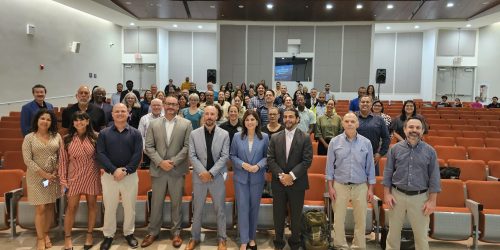Great Lakes Integrated Sciences and Assessments (GLISA), a NOAA CAP/RISA team, researchers/practitioners Scott Kalafatis, Beth Gibbons, Matthew Naud, and Maria Carmen Lemos recently published an article titled, “Planning for climate migration in Great Lakes legacy cities.”
Climate migration is typically viewed as an undesirable outcome for those facing climate hazards such as wildfire and flooding. However, the Great Lakes region (GLR) faces less risk of climate hazards and has an abundance of natural resources including fresh water, potentially leading to renewed population growth as a result of migration. An increased population would likely place stressors on existing socioeconomic disparities. Focusing on the interaction between race, gender, and class is a critical consideration for current and future planning to prevent deepening disparities. New web tools that describe, explain, and project spatiotemporal dynamics of urban change through the co-creation of knowledge and informed planned migration may add to community learning and reveal preferences in the face of climate stressors. These will allow for adaptation strategies to be incorporated into community climate action and planning.
For more information, contact Jessica Garrison.
Image credit: FEMA National Risk Index









